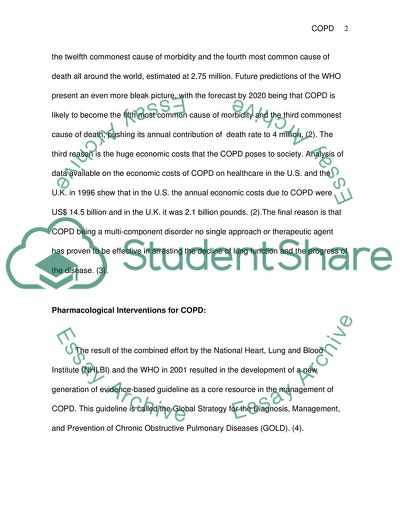Cite this document
(Dealing with Chronic Obstructive Pulmonary Disease (COPD) Essay - 2, n.d.)
Dealing with Chronic Obstructive Pulmonary Disease (COPD) Essay - 2. https://studentshare.org/health-sciences-medicine/1714254-nursing
Dealing with Chronic Obstructive Pulmonary Disease (COPD) Essay - 2. https://studentshare.org/health-sciences-medicine/1714254-nursing
(Dealing With Chronic Obstructive Pulmonary Disease (COPD) Essay - 2)
Dealing With Chronic Obstructive Pulmonary Disease (COPD) Essay - 2. https://studentshare.org/health-sciences-medicine/1714254-nursing.
Dealing With Chronic Obstructive Pulmonary Disease (COPD) Essay - 2. https://studentshare.org/health-sciences-medicine/1714254-nursing.
“Dealing With Chronic Obstructive Pulmonary Disease (COPD) Essay - 2”. https://studentshare.org/health-sciences-medicine/1714254-nursing.


